
Who ever imagined that crocodiles lurk in a river in West Sussex? Children at Pumpkin Patch Nursery Steyning speculated that they did as they built their own river inspired by one they saw on a local map.
The three- and four-year-olds’ interest in the big semi-aquatic reptiles led them to exploring not only what crocodiles look like on the outside, but also internally and how they could represent them creatively using intelligent materials.
What they gained
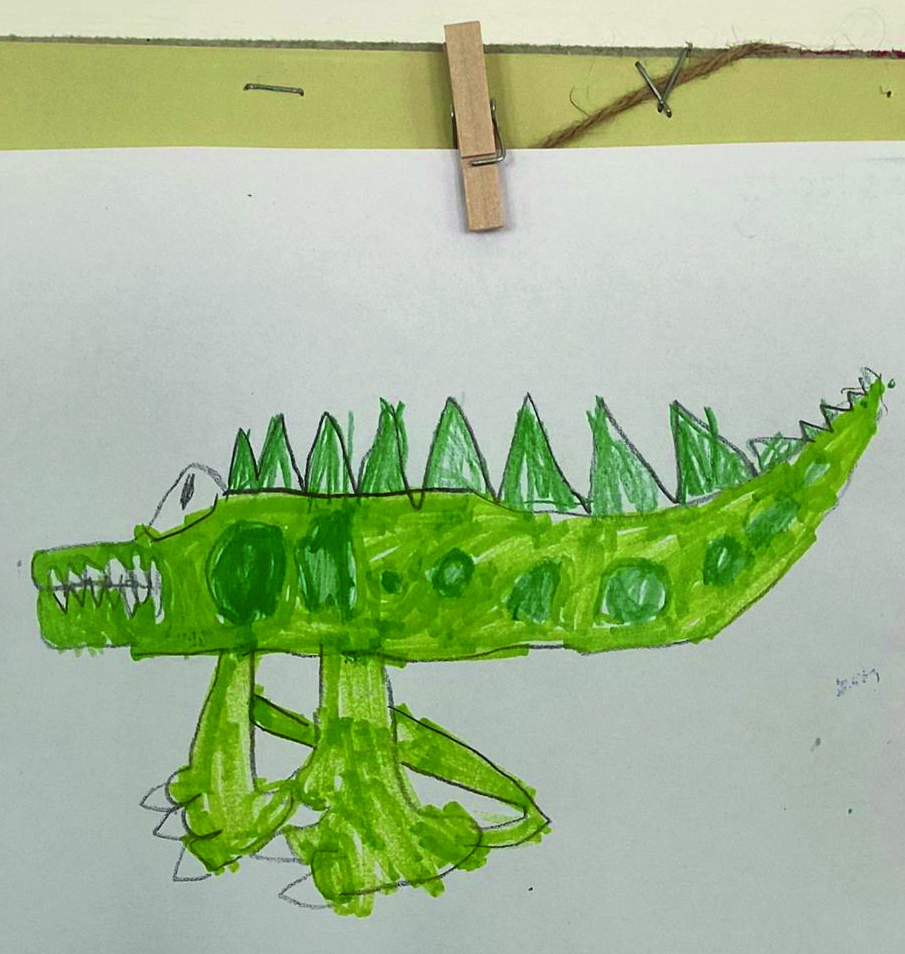 The Steyning nursery opened in January and the children were all getting to know a new environment when they started to explore crocodiles. ‘I particularly noticed how the children learned to work collaboratively and communicate with each other,’ says Arris. ‘At the beginning they were very much exploring their own ideas – referring to “my” crocodile – and then they started to learn from what the others were doing and from each other’s skills.
The Steyning nursery opened in January and the children were all getting to know a new environment when they started to explore crocodiles. ‘I particularly noticed how the children learned to work collaboratively and communicate with each other,’ says Arris. ‘At the beginning they were very much exploring their own ideas – referring to “my” crocodile – and then they started to learn from what the others were doing and from each other’s skills.
‘Children got drawn into the project and really focused on it. After a few weeks they were coming into the nursery like it was work with focus and with a job in mind. It really helped them to develop their Characteristics of Effective Learning and stay at a project for an extended period of time.’
The setting’s ethos
‘We are inspired by the Reggio Emilia approach to education. Our image of the child is that children are confident and capable and the belief that they can express themselves through 100 different languages,’ explains Pumpkin Patch Nurseries area manager Arris Shanahan.
‘So we work loosely in a project-based way where we help children to develop lines of enquiry following what they are interested in. Children and educators work alongside each other as co-researchers, learning together with the aim of children developing metacognition or teaching the children how to learn to learn.’
Using a sewing machine
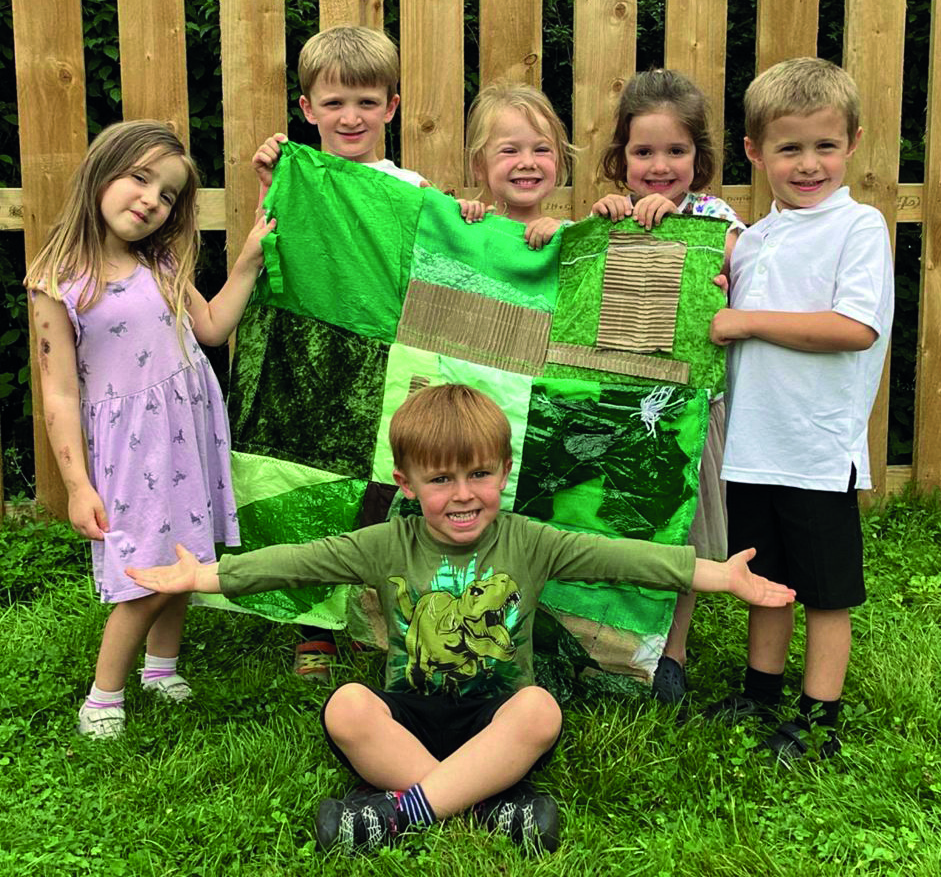 The pedagogical lead in the Kindergarten room, Zia Dallas, brought a sewing machine into the setting. ‘None of the children had seen one before and didn’t know what it was or what it could do,’ says Arris. ‘Sewing has become something of a lost art. Once the children had seen how it worked, they started to look at their own clothes and how they are put together with stitching down the seams.’
The pedagogical lead in the Kindergarten room, Zia Dallas, brought a sewing machine into the setting. ‘None of the children had seen one before and didn’t know what it was or what it could do,’ says Arris. ‘Sewing has become something of a lost art. Once the children had seen how it worked, they started to look at their own clothes and how they are put together with stitching down the seams.’
Children learned how to use the sewing machine and wanted to use their new skill to make representations of crocodile skin. ‘They were encouraged to choose the thread and material with some interesting choices because they had no preconceived opinions of what they should sew with,’ says Arris. ‘Children chose different colours and patterns of fabric, but others went for material such as cardboard, which resulted in an amazing texture.’
Children experimented with the sewing machine and how they could get the crocodile skin effect they wanted. One child sandwiched bubblewrap between fabric and then used a zig-zag stitch to hold it together with great results because he wanted it to really feel ‘bumpy like a crocodile’s skin’.
Sewing is now one of the ‘languages’ that children can express themselves with in the nursery’s atelier, where they have a sewing machine for the children to use under adult guidance.
What they did
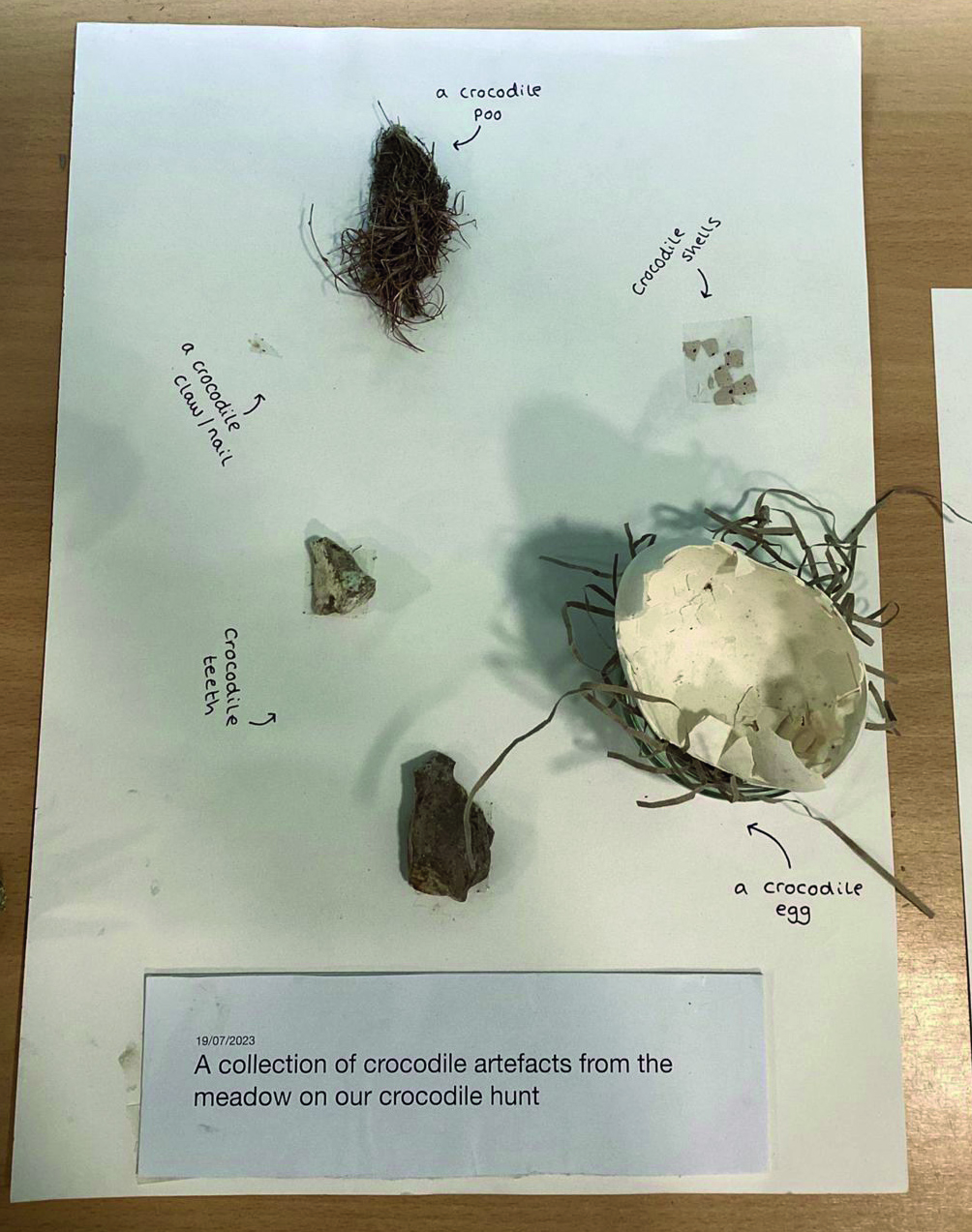 Arris overheard a couple of boys talking about GPS maps and decided to order some large paper maps of the Steyning area for the children to explore. She left them out as a provocation and one boy was particularly drawn to a river depicted on the map. Educators shared the child’s interest with his dad, who took him to visit the river.
Arris overheard a couple of boys talking about GPS maps and decided to order some large paper maps of the Steyning area for the children to explore. She left them out as a provocation and one boy was particularly drawn to a river depicted on the map. Educators shared the child’s interest with his dad, who took him to visit the river.
He told his peers about the trip and some of the children set about making a river together formed from loose parts. They began to talk about what might be found in it. ‘One of the boys suggested there could be a crocodile and the others were excited about this idea,’ says Arris.
‘We showed them some images of crocodiles and talked about different aspects that we could see. Initially they were interested in the crocodile’s skin and what could be seen on the outside.’
Educators provided resources, including clay and loose parts for the children to be able to express their idea of what a crocodile is. The children chose their own photographs of crocodiles for reference and initially were particularly interested in the teeth of the crocodile.
They developed their ideas over several weeks, with some using pencils and paper while others selected the clay, combined with loose parts such as feathers, clothes pegs and leaves to represent the bumpy, scaled skin.
Different textured materials were also used to represent the crocodile’s fascinating skin, including packaging materials such as bubble wrap.
After finding a large bird’s eggshell in the meadow beside the nursery, some children thought that it might be a crocodile egg and moved to excitedly thinking that there might be crocodiles living near the nursery. ‘We saw a shift in thinking of crocodiles as a vague idea to a focus on a particular crocodile,’ says Arris. On another trip out, a child found a small triangular-shaped stone which they thought could be the crocodile’s tooth.
Children then worked together on a collage of a crocodile using loose parts. They started to think about its body and to pose questions, such as ‘Do they have a heart?’ and ‘Do they have a brain?’.
‘Their thinking had moved from the process of making and thinking about what was on the outside to considering what might also be on the inside of the crocodile,’ says Arris. The setting’s atelierista, Fay Mugridge, supported their thinking by looking at books of humans and animal anatomy and bought a skeleton of a crocodile for them to study. They compared their bodies to those of crocodiles and other animals.
Arris notes how the children’s crocodile artwork transformed through the project, with them starting as artists’ imaginative depictions to becoming more scientific as they learned about the actual bodies, bones and internal organs of a crocodile.
Book corner
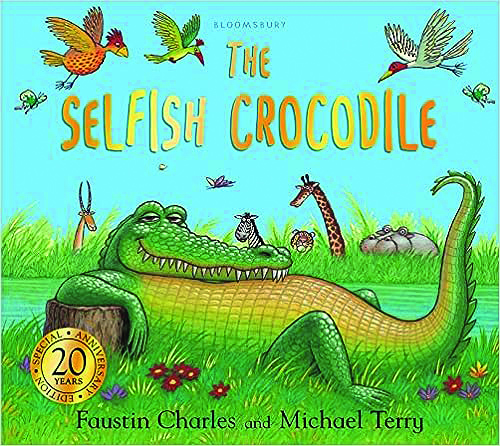 The Selfish Crocodile by Faustin Charles and Michael Terry
The Selfish Crocodile by Faustin Charles and Michael Terry
Every morning a crocodile shouts, ‘If you come in my river, I’ll eat you all!’ The animals in the forest don’t know what to do, until one day they are woken by a loud groaning.
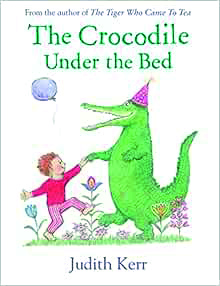 The Crocodile Under the Bed by Judith Kerr
The Crocodile Under the Bed by Judith Kerr
Matty is sad because he is too sick to go to the Queen’s birthday party. But then he gets an unexpected visitor…
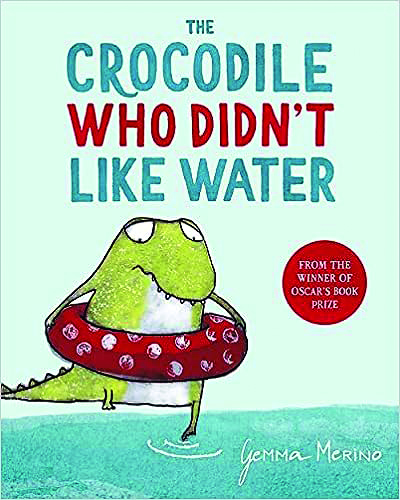 The Crocodile Who Didn’t Like Water by Gemma Merino
The Crocodile Who Didn’t Like Water by Gemma Merino
It can be lonely when you’re the odd one out, so this crocodile tries to change.
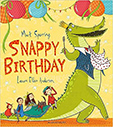 Snappy Birthday by Mark Sperring and Laura Ellen Anderson
Snappy Birthday by Mark Sperring and Laura Ellen Anderson
A new neighbour isn’t as he seems.
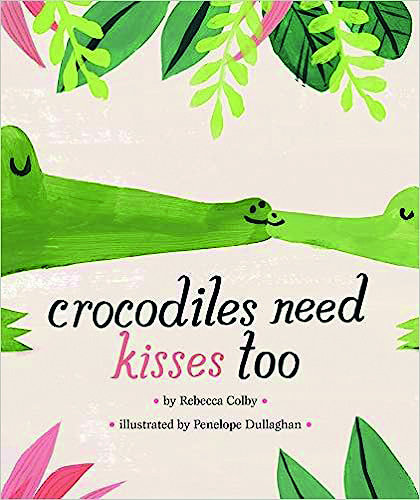 Crocodiles Need Kisses Too by Rebecca Colby and Penelope Dullaghan
Crocodiles Need Kisses Too by Rebecca Colby and Penelope Dullaghan
Everyone needs hugs and love in this offbeat, upbeat ode to the not-so-cuddly.
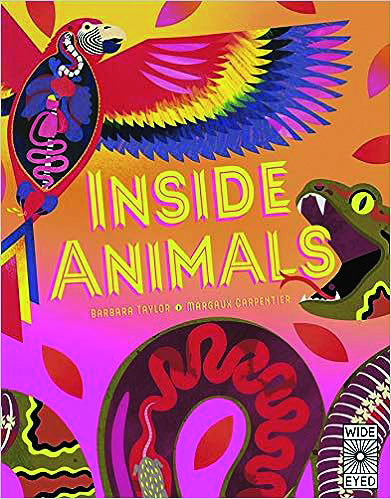 Inside Animals by Barbara Taylor and Margaux Carpentier
Inside Animals by Barbara Taylor and Margaux Carpentier
How skeletons, organs, nerves and muscles fit together.
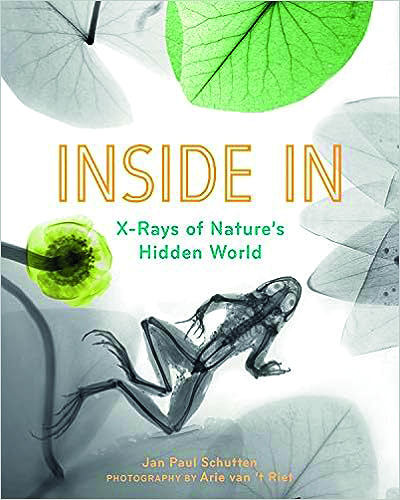 Inside In: X-rays of Nature’s Hidden World by Jan Paul Schutten and Arie van ‘t Riet
Inside In: X-rays of Nature’s Hidden World by Jan Paul Schutten and Arie van ‘t Riet
This book displays creatures and their habitats in an intriguing new way.









